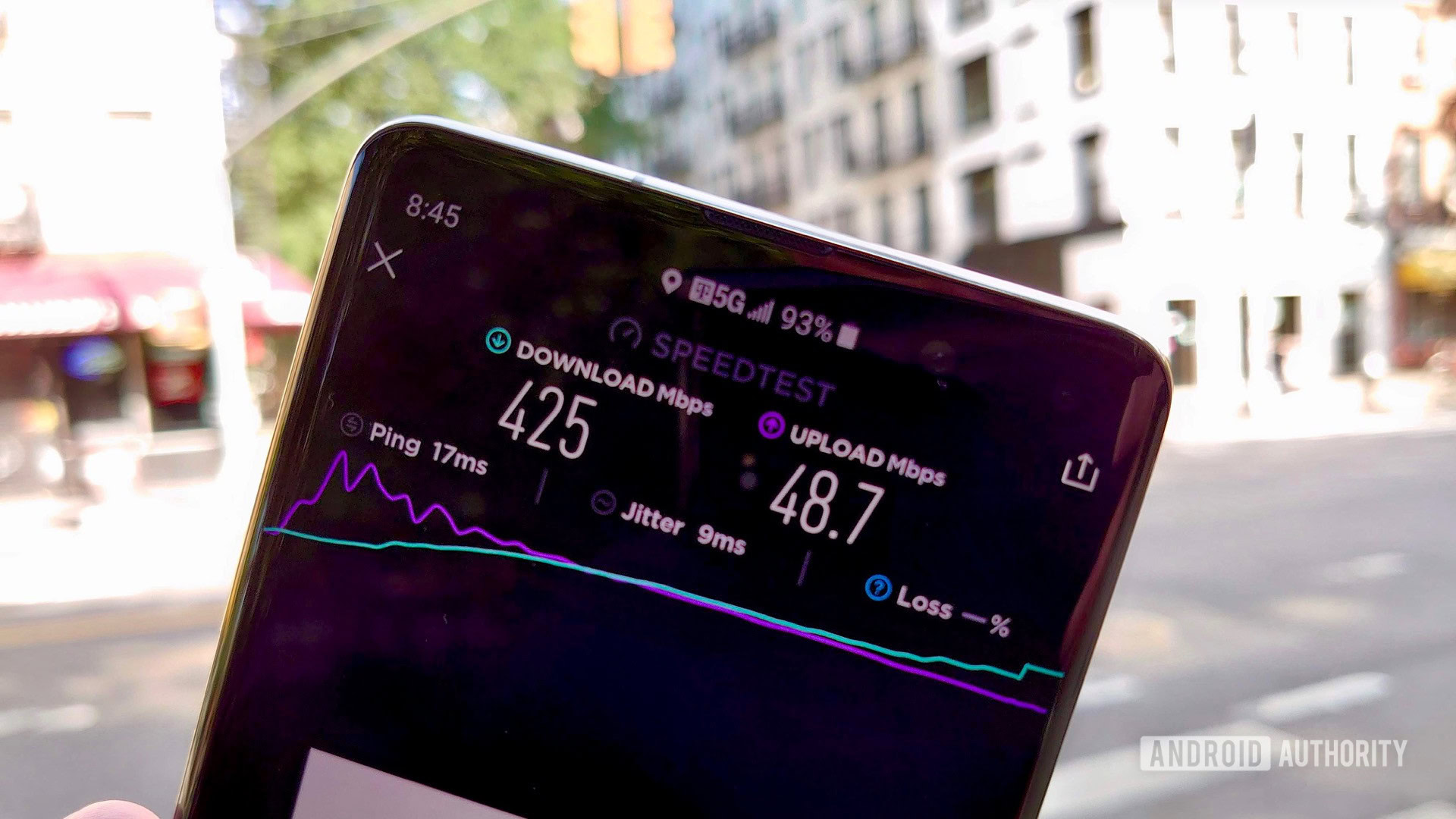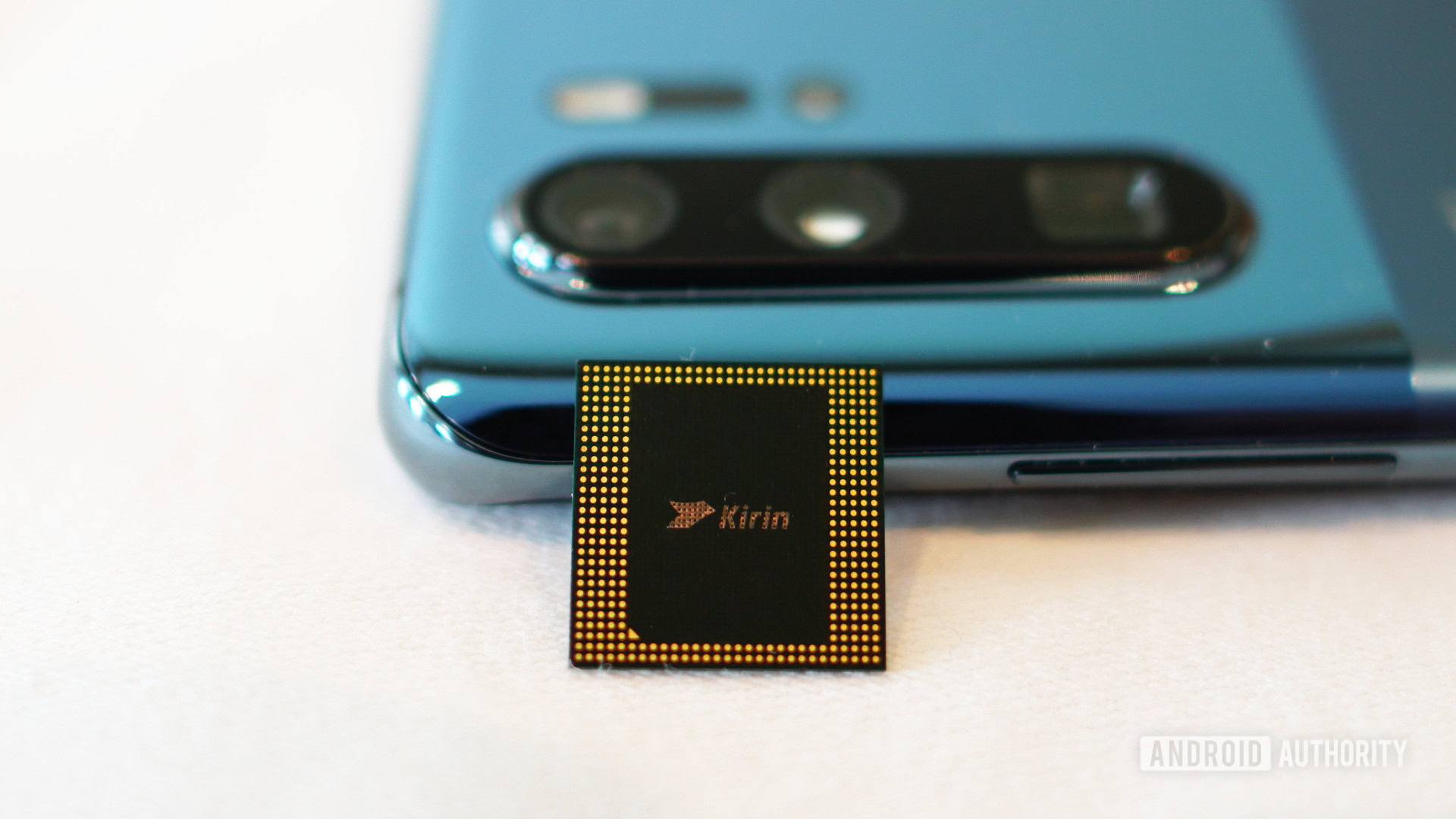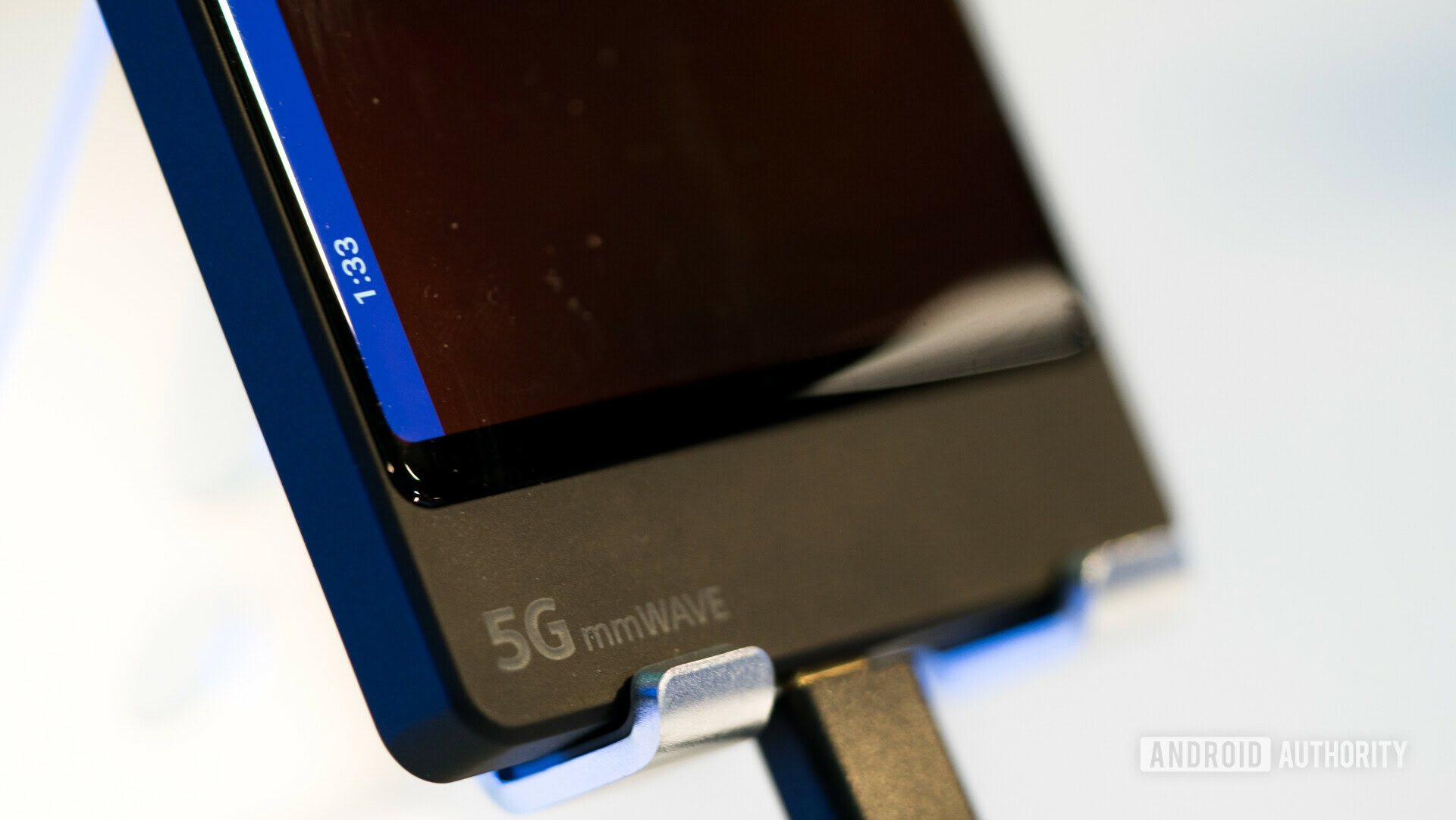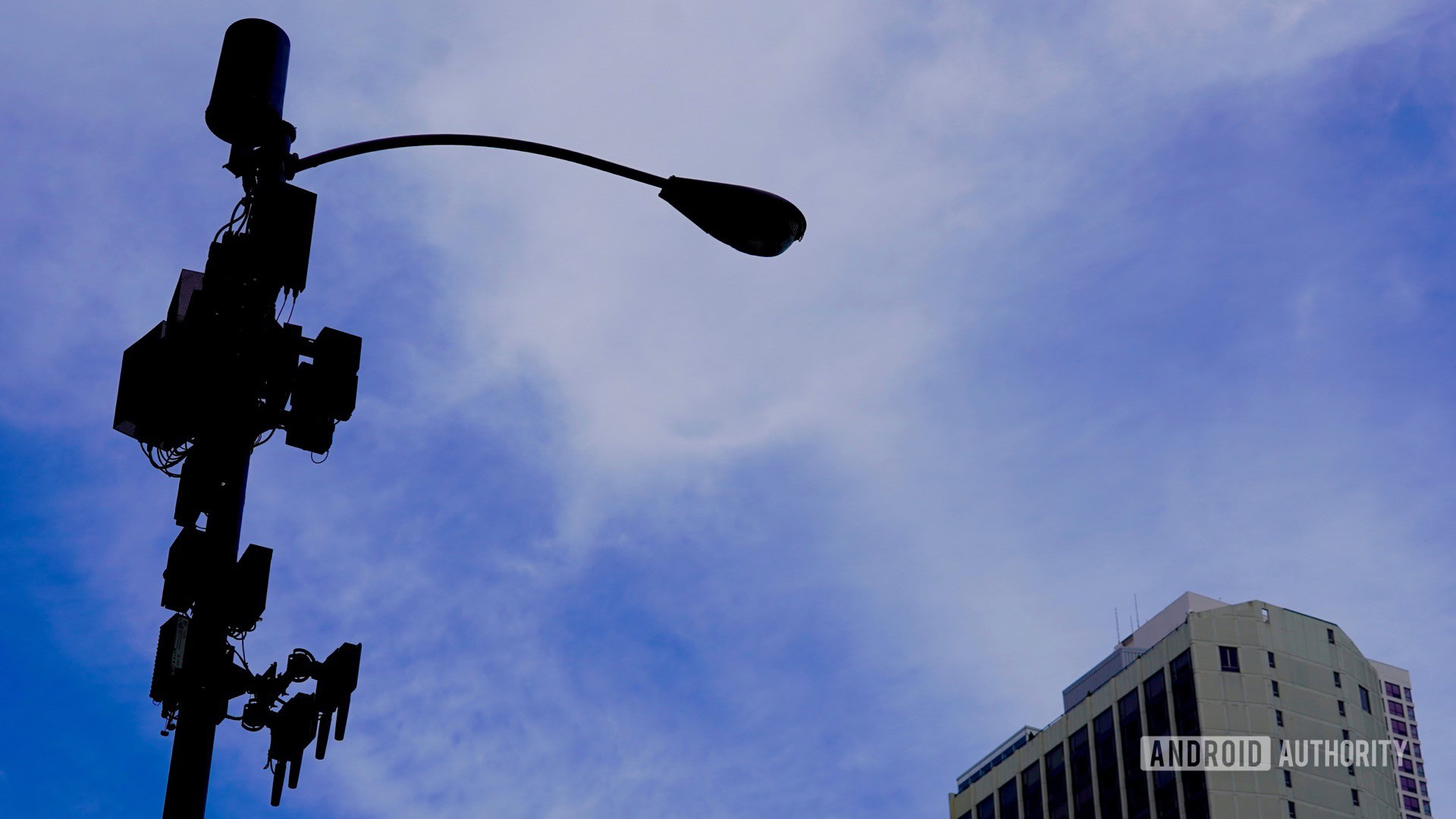Affiliate links on Android Authority may earn us a commission. Learn more.
Keep that money: Affordable 5G smartphones are coming soon

5G is here if you believe Qualcomm’s slogans dotted around IFA 2019. I’m not sure I fully agree, given that the majority of smartphone owners won’t see comprehensive 5G coverage for a few more years yet. Even so, we hear plenty about carrier rollout plans these days and there’s an increasingly healthy selection of 5G smartphones already on the market.
As usual, the cost of early adoption is prohibitive to all but those with the deepest pockets. The Samsung Galaxy S10 5G and Galaxy Note 10 Plus 5G start at an eye-watering $1,299.99. The LG V50 5G costs $999.99 and even the usually affordable OnePlus 7 Pro 5G starts at $840. Some other models are marginally cheaper in certain markets, but there’s a clear premium applied to those picking up a 5G handset this year.
While 5G is quickly becoming a staple in the flagship space, more price-conscious consumers don’t have many options if they want blazing faster data speeds. Fortunately that looks set to change next year. The price of 5G technology is quickly becoming more affordable.
5G chipsets at lower prices

5G smartphones cost a bit more to build than their 4G counterparts, owing to the additional antenna and radio front end components. 5G smartphones also require new modems and first-generation products are built using additional external 5G modems. In other words, current phone processors feature 4G modems and require extra 5G modems to support the next-gen technology. This adds another expense and is one of the leading reasons why 5G is currently a flagship-tier technology.
However, more affordable 5G devices are in the pipeline as phone processors switch over to integrated 5G modems. During IFA 2019, Qualcomm announced that 5G connectivity is heading to its 600, 700, and 800 series chipsets in the near future. These models encompass the mid, super-mid, and flagship tiers of the market respectively. We’ll have to wait for specific chip announcements, but these will appear in time for handsets to hit the shelves in 2020.
Chip competition is heating up in the race to make 5G affordable.
Samsung’s announcement of its Exynos 980 5G integrated SoC is helping to hasten the rollout of affordable 5G chipsets. The Exynos 980 is a mid-tier product destined to appear in a 2020 Samsung handset. The chip boasts a cutting edge Cortex-A77 CPU for solid app performance and is built on Samsung’s reasonably new 8nm FinFET process. Likewise, MediaTek is gearing up its own 5G integrated 7nm FinFET SoC with the Helio M70 5G. MediaTek is typically a more affordable option used by Chinese manufacturers.
We shouldn’t overlook HUAWEI’s major IFA 2019 announcement either: the Kirin 990. The chip boasts an integrated 5G modem and although it’s heading to the HUAWEI Mate 30 series first, the latest Kirin chips often find their way into more affordable HUAWEI and HONOR models very quickly. If there’s a desire, HUAWEI has the means to become very aggressive on 5G pricing in 2020.
Many more 5G phones in 2020

There weren’t many smartphone launches at IFA 2019, but just before the trade show, Samsung lifted the lid on its Galaxy A90 5G, a more affordable fifth-generation network-ready model. At 899,800 won (~$740), the Galaxy A90 5G still isn’t cheap, but it’s a much more affordable alternative to the 5G flagships that dominate 2019’s selection so far.
The A90 5G’s launch reveals that even premium player Samsung is quickly scaling its 5G technology to a more affordable price point. Price tags could become even more aggressive in 2020 when others join the market.
Qualcomm boasts that twelve smartphone manufacturers are preparing 5G capable handsets based on its 700 series of chips. This list includes affordable brands Motorola, Redmi, Realme, vivo, and Nokia, accounting for a significant portion of mid-tier manufacturers across the globe. We should see devices in consumers’ hands midway through 2020.
Qualcomm 600 series chips will bring 5G to the mid-range, but not the budget tier.
The mid-tier smartphone market is already highly competitive and cheaper 5G chips and components will heap yet more pressure on this segment. 5G won’t remain a unique selling point for long, the market appears to be heading to ubiquity rather quickly. Instead, companies that don’t offer 5G handsets by the end of 2020 will be well behind the pace, at least in markets where 5G networks are now available.
Affordability will drive the 5G market

High-end smartphones sales are sluggish these days, at least as far as Western markets are concerned. Samsung’s most recent earnings report calls out “weak sales momentum for the Samsung Galaxy S10 and stagnant demand for premium products.” Meanwhile the iPhone XR — the lower cost $749 model — became Apple’s best-ever selling iPhone in H1 2019. The $1,000 ceiling is proving hard to breakthrough.
Some anticipate that 5G will kickstart the premium tier once more, giving consumers a reason to spend more on expensive products. I am less convinced. There are currently no 5G-only use cases to entice buyers, 4G LTE data speeds are already great for most web applications, and more expensive 5G data plans don’t look worth the extra cost right now.
Our readership also shows minimal interest in 5G as a reason to upgrade. 9.5% of respondents won’t buy a 5G phone if it costs more than a 4G equivalent. Only 6.5% want a 5G phone ASAP. 31% show no signs of upgrading their phone any time soon regardless, highlighting the lack of a 5G wow-factor. The remaining 53% are waiting for decent 5G coverage before contemplating a purchase. According to this data, 5G isn’t breaking the current two/three-year upgrade cycle deadlock.
Ultra-premium phones are struggling. Content consumers are happy to wait for prices to fall.
Will you upgrade your phone just to get one with 5G?
5G suffers from the familiar technological chicken and egg adoption problem. With few 5G handsets in the wild, the market for content creators is too small to invest in. 5G is supposed to drive new content and service-oriented businesses. The pressure will be on to increase the potential subscriber base quickly. Virtual reality suffers from exactly this problem, and the cost of entry has remained too high to break the stalemate. 5G can more easily overcome this issue by bringing down the cost of entry.
Fortunately, modems and antennas are just a reasonably small entry on a smartphone’s bill of materials — especially because many countries around the world aren’t adopting mmWave technology just yet. With low-cost chips entering the market, 5G phones don’t have to cost a fortune to make.
Premium 5G products have their place, but ubiquitous 5G will be driven by affordability as early as next year. 5G’s entry point is falling much faster than expected.
What to expect from 5G in 2020

Despite the positive industry sentiments, 5G is still in its infancy. Coverage, even in the leading nations, will be intermittent throughout 2020 and likely beyond. Much of the world won’t even begin to roll out 5G networks until 2021. 5G remains a distant prospect for most of the world’s smartphone consumers.
However, sub-6GHz 5G deployments in Europe, China, Japan, and South Korea are accelerating ease of adoption and cost-effective smartphone components. Sub-6GHz is much closer to traditional 4G LTE and requires fewer design changes compared to mmWave technology. Lower-cost 5G smartphones are likely to be found in these regions, rather than in the U.S. which is focusing on mmWave. See the Exynos 980 and Kirin 990 as examples of chips aimed exclusively at sub-6GHz markets.
Smartphones will increasingly include 5G as standard next year.
As such, 5G will be an increasingly common feature in smartphone launches throughout 2020. At the same time, regional variants will increasingly come in 4G and 5G flavors to accommodate for price and network deployment status. While 5G flicks on in the West and parts of Asia, much of the world is sticking with 4G LTE in the immediate future.
2020 will see millions of consumers buy into next-generation networks. Unlike previous generations, adoption isn’t being solely led by premium tier smartphones. Fixed Wireless Access as an alternative to fiber broadband and upcoming affordable handsets provide new, quick paths to 5G for many more consumers.